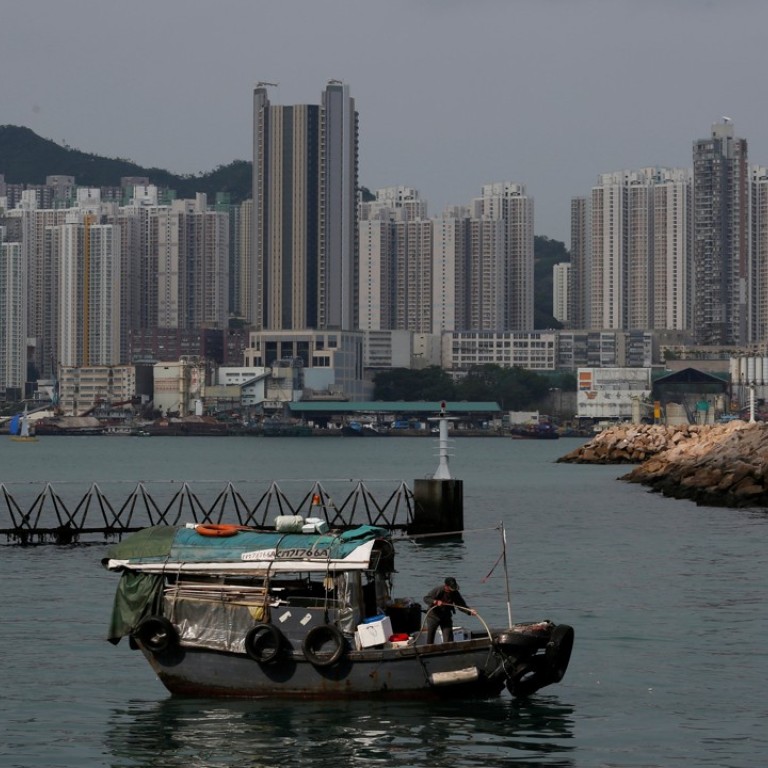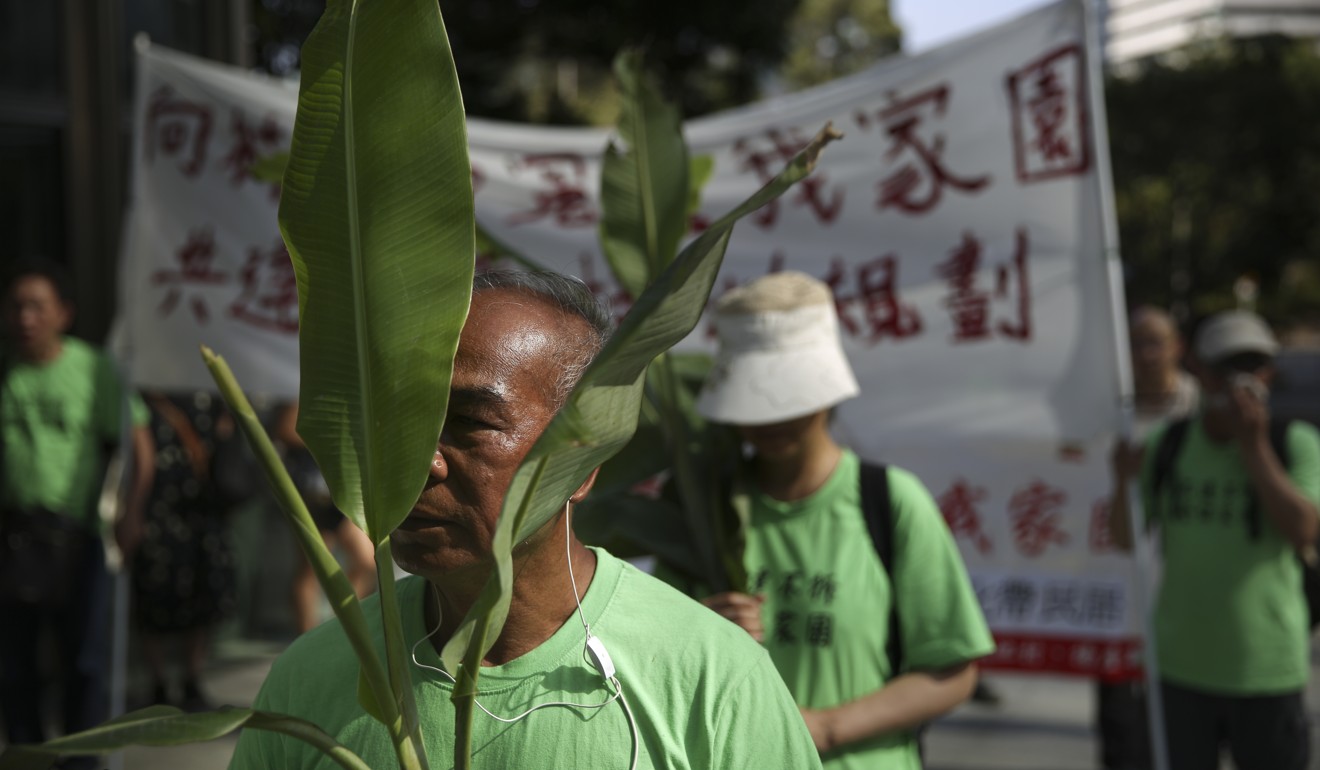
Revoke Hong Kong’s rural housing privileges so everyone can have a decent home
Mike Rowse says the favouritism shown to Hong Kong’s rural villages in terms of land allocation comes at the expense of the urban majority, and this unequal and politically unacceptable policy must change
A remark by a guest on a TV talk show has enabled me to better understand one of Hong Kong’s great mysteries: why it is so difficult to make more land available for housing. At first I thought I had misheard, or misunderstood, or he had misspoken. But confirmation came just a few days later in a different forum from an impeccable source.
The guest on Michael Chugani’s talk show was Shih Wing-ching, chairman of a free Chinese-language newspaper, but better known as the founder of one of our top property agencies. Shih said Hong Kong only set aside 7 per cent of land for residential use, of which 4 per cent was for urban housing, and 3 per cent for rural settlement. If just two of those three percentage points were switched to urban housing, which is by nature more intensive, we would have more than enough land to meet all our requirements.
Of course, not all that 3.2 per cent is suitable for conversion to intensive housing development; there will be small pockets in remote locations that should be ignored on practical grounds. But there is surely scope for a considerable amount to be reclassified.

Two other extraordinary figures were shared: Hong Kong has no fewer than 642 recognised villages, and 4,500 hectares of farmland, of which only around 700 hectares are actively farmed.
The fact is Hong Kong is essentially a city. The experience of every other major city in the world – London, Paris, Tokyo, New York – shows that as they grow, they absorb the villages surrounding them. Indeed, we don’t need international comparators, as elsewhere in China we have seen the same process in Beijing, Shanghai, Chongqing ( 重慶 ) and other large conurbations. Farming also gets squeezed out to the periphery as urbanisation takes hold. Only in Hong Kong, apparently, do we have to pretend the situation prevailing in 1898 is to be preserved for all time.
How can it be legitimate for one group to obtain, at very low cost, a large residence whereas another similar group is expected to pay a king’s ransom for one a quarter of the size?
By now the elephant in the room of our housing situation should be apparent for all to see. It is the small-house policy, and the fabled “rights” of our indigenous villagers. A typical small house is three storeys on 700 sq ft, or 2,100 sq ft in total. At a time when an apartment of a quarter that size in the urban area rates as a good home for a family of four, at a time when our developers are selling flats as small as 150 sq ft to give prospective buyers a first rung on the ownership ladder, this discrepancy is socially and politically unacceptable and unsustainable.
How can we stop the small-house juggernaut? The good news is that, contrary to common assertion, the Basic Law does not protect the small-house policy, and indeed those two words do not appear in it. Article 40 says, “The lawful traditional rights and interests of the indigenous inhabitants of the ‘New Territories’ shall be protected by the Hong Kong special administrative region”. This article is subject to challenge because of the different treatment meted out to men and women, which is contrary to other legislation in Hong Kong. It also runs foul of Article 25, which states, “All Hong Kong residents shall be equal before the law”.
How can it be legitimate for one group to obtain, at very low cost, a large residence whereas another similar group is expected to pay a king’s ransom for one a quarter of the size? How can it be right that one group, merely through birth, gets the equivalent of a Mark Six win, while many of our best professionals will only secure a decent property through inheritance?
‘Nano’ flats on the rise as Hong Kong homes shrink amid high property prices

Mike Rowse is the CEO of Treloar Enterprises. [email protected]

